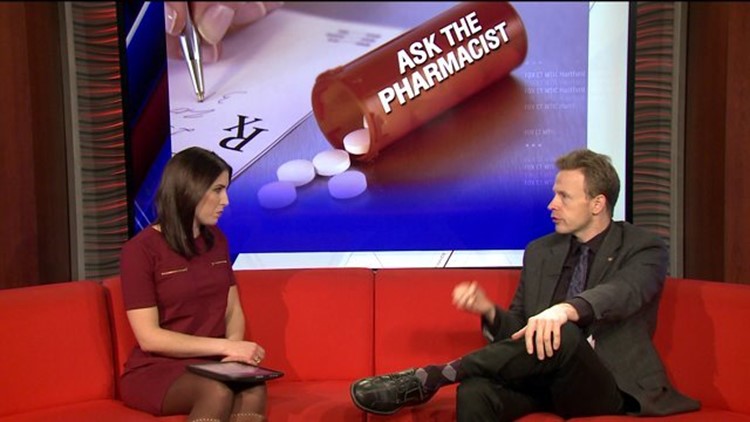Up until 2011, there were many generic manufacturers and there was tremendous pressure to keep prices low so companies could compete in the marketplace. This lowered prices but kept profitability relatively low. In 2011 there was a consolidation of companies so now only a few major generic manufacturers dominate the marketplace and in the absence of competition, prices have risen. Currently, Teva, Actavis, and Mylan control over 40% of global generic revenue and in July of 2014, Mylan announced it is buying a controlling stake in Abbott Labs generic business so competition will fall even more. The price for generic digoxin, a drug for heart failure, rose precipitously from $11 to $113 over 6 months and the CEO attributed the rise to now being only one of two manufacturers left in the marketplace. He declined to appear at the senate hearing citing that he was out of the country for another meeting. Two other CEOs invited to appear also refused to participate. The second major factor is faulty quality control at the manufacturers and the shortages it causes when their production is halted to improve quality. We discussed the number of drug shortages caused by the oversees generic giant Ranbaxy’s refusal to abide by good manufacturing practices. The spike in prices due to shortages and less competition is legitimate but even when manufacturing capacity returns, prices sometimes linger higher. Doxycyline prices spiked 6,000% when the FDA cited inadequate quality control procedures in late 2012 but even when the plant was back on line, the costs remained elevated.
One of the biggest problems is that consumers with private insurance don’t even know about these cost increases because they have private insurance and the copays have remained the same. However, they are sure to feel the pain in the form of higher premiums. With this reality, there are a number of things we can do as a country. With all future consolidations, the Federal Trade Commission needs to assess the impact of reduced competition on the marketplace. What is good for shareholders is not always what is best for the market. The CT Attorney General is looking into one company and the Senate is entertaining legislation that would require rebates to Medicare and Medicaid beneficiaries if the costs of a drug rise too far above the inflation rate. Unfortunately there is also a move to allow drug importation from foreign countries but this is a dangerous option that the US health system will regret if they go down that path. It is too difficult to assure the quality of the products or even the source of original manufacture of these drugs and patients would lose the ability to coordinate their medical therapy. Over 1.5 million adverse drugs events occur in the United States as it is and fractionating care even more will not yield cost savings. As an individual, one thing that you can do if you are impacted by this is to ask your pharmacist if there are other drugs in the similar class that would have a better price. For example, there are other antibiotics that work as well as doxycycline which are not priced as high. If demand is reduced and supply is maintained, prices will fall.
Dr Michael White from the UConn School of Pharmacy.



